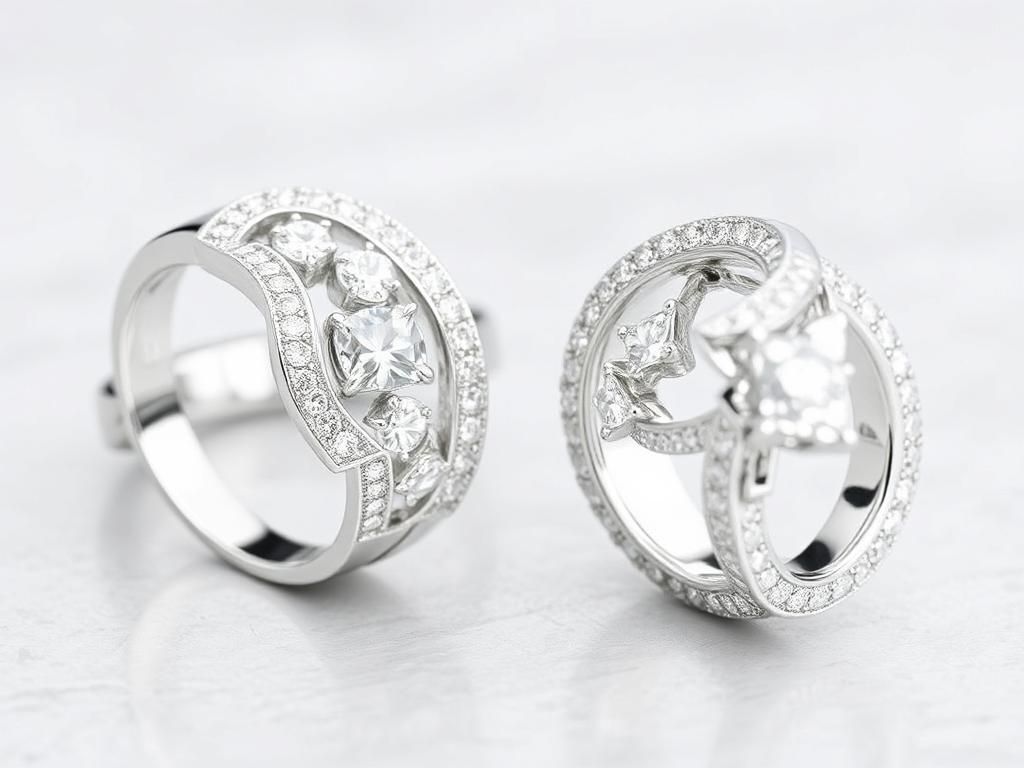An anklet is more than just a decorative accessory; it serves as a powerful symbol of identity, culture, and personal expression for women around the globe. With its origins steeped in history and tradition, the anklet has transformed over time, experiencing a surge in popularity in contemporary fashion. Understanding the anklet meaning for women involves delving into its historical significance, cultural interpretations, and modern styles that reflect individuality.
Historical Significance of Anklets
Ancient Origins
The roots of the anklet can be traced back to ancient civilizations, such as Egypt and India, where they were worn as a sign of status and wealth. In these societies, anklets were often made from precious metals and adorned with intricate designs, symbolizing prosperity and social standing. For instance, in ancient Egypt, both men and women adorned their ankles with jewelry as an indicator of affluence and nobility.
Cultural Variations
Across different cultures, the meanings associated with anklets vary significantly. In India, bridal anklets hold great importance during weddings, where they symbolize fidelity and marital status. Additionally, Native American artifacts often included anklets as part of ceremonial attire, reflecting heritage and spirituality. These cultural variations showcase the anklet’s role in rituals and traditions, affirming its significance beyond mere decoration.
Symbolism of Anklets for Women
Feminine Identity and Empowerment
Modern interpretations of the anklet often hinge on themes of feminine identity and empowerment. Many women choose to wear anklets as a statement of liberation and self-expression. The anklet can represent confidence, femininity, and personal choices, echoing the sentiments of those who wear it. Whether adorned casually or for formal occasions, an anklet can be both a reflection of one’s identity


